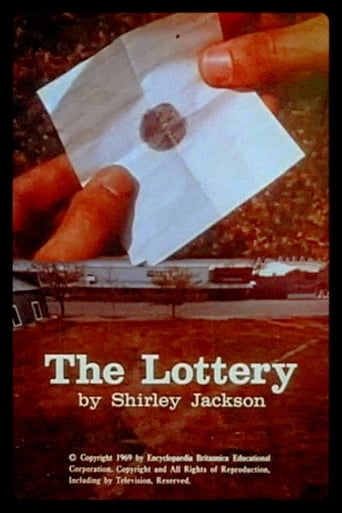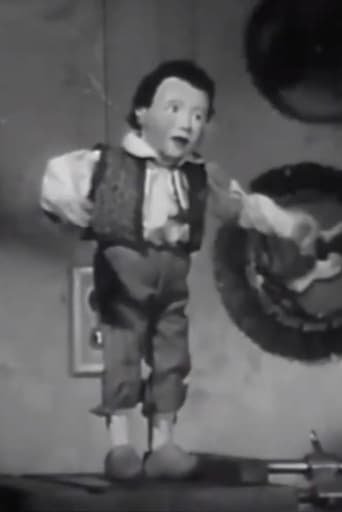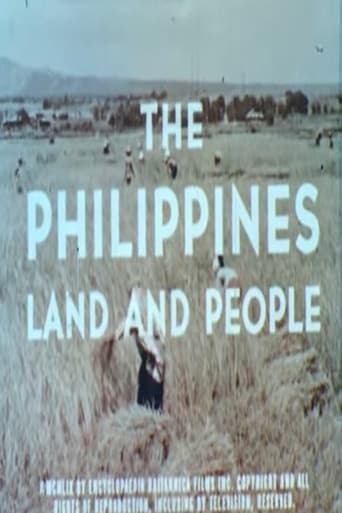Art, what is it? Why is it? 1963
John Canaday analyzes the place of art among the humanities as an expression of man's attempt to define what it means to be a human being. Mr. Canaday shows how the masterworks of art and architecture have formed a visual history of man's thought, ideals, and most fondly-held beliefs.

















